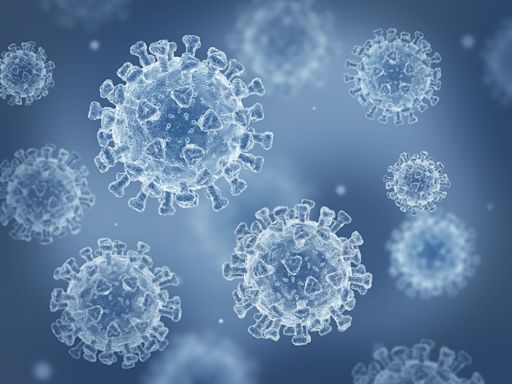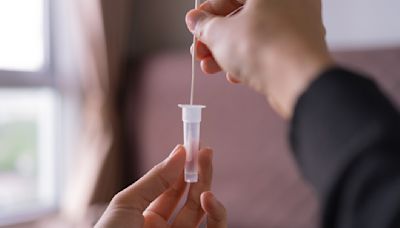Search results
People with COVID-19 have a wide range of symptoms ranging from mild symptoms to severe illness. Symptoms may appear 2-14 days after exposure to the virus. Symptoms may start as mild, and some people will progress to more severe symptoms.
Nov 10, 2023 · COVID-19 symptoms can range from mild to serious. Anyone can have symptoms at any intensity level. You don't have to have an underlying condition to develop severe symptoms. Common COVID-19...
Mar 27, 2024 · Symptoms. Typical COVID-19 symptoms often show up 2 to 14 days after contact with the virus. Symptoms can include: Dry cough. Shortness of breath. Loss of taste or smell. Extreme tiredness, called fatigue. Digestive symptoms such as upset stomach, vomiting or loose stools, called diarrhea. Pain, such as headaches and body or muscle aches. Fever ...
Apr 28, 2023 · A person with COVID-10 may experience a dry cough, loss of taste or smell, and fever. People should seek help if they have difficulty breathing. This article looks at the symptoms...
Jan 27, 2022 · What are symptoms of COVID-19? The most common symptoms are: Cough. Fever or chills. Shortness of breath or difficulty breathing. Muscle or body aches. Sore throat. New loss of taste or smell. Diarrhea. Headache. Fatigue. Nausea or vomiting. Congestion or runny nose.
Overview. Coronavirus disease 2019 (COVID-19) is a virus identified as the cause of an outbreak of respiratory illness. What is coronavirus? Coronaviruses are a family of viruses that can cause respiratory illness in humans. They are called “corona” because of crown-like spikes on the surface of the virus.
Symptoms of COVID-19 can vary: from person to person. in different age groups. depending on the COVID-19 variant. Some of the more commonly reported symptoms include: sore throat. runny nose. sneezing. new or worsening cough. shortness of breath or difficulty breathing. temperature equal to or more than 38°C. feeling feverish. chills.







